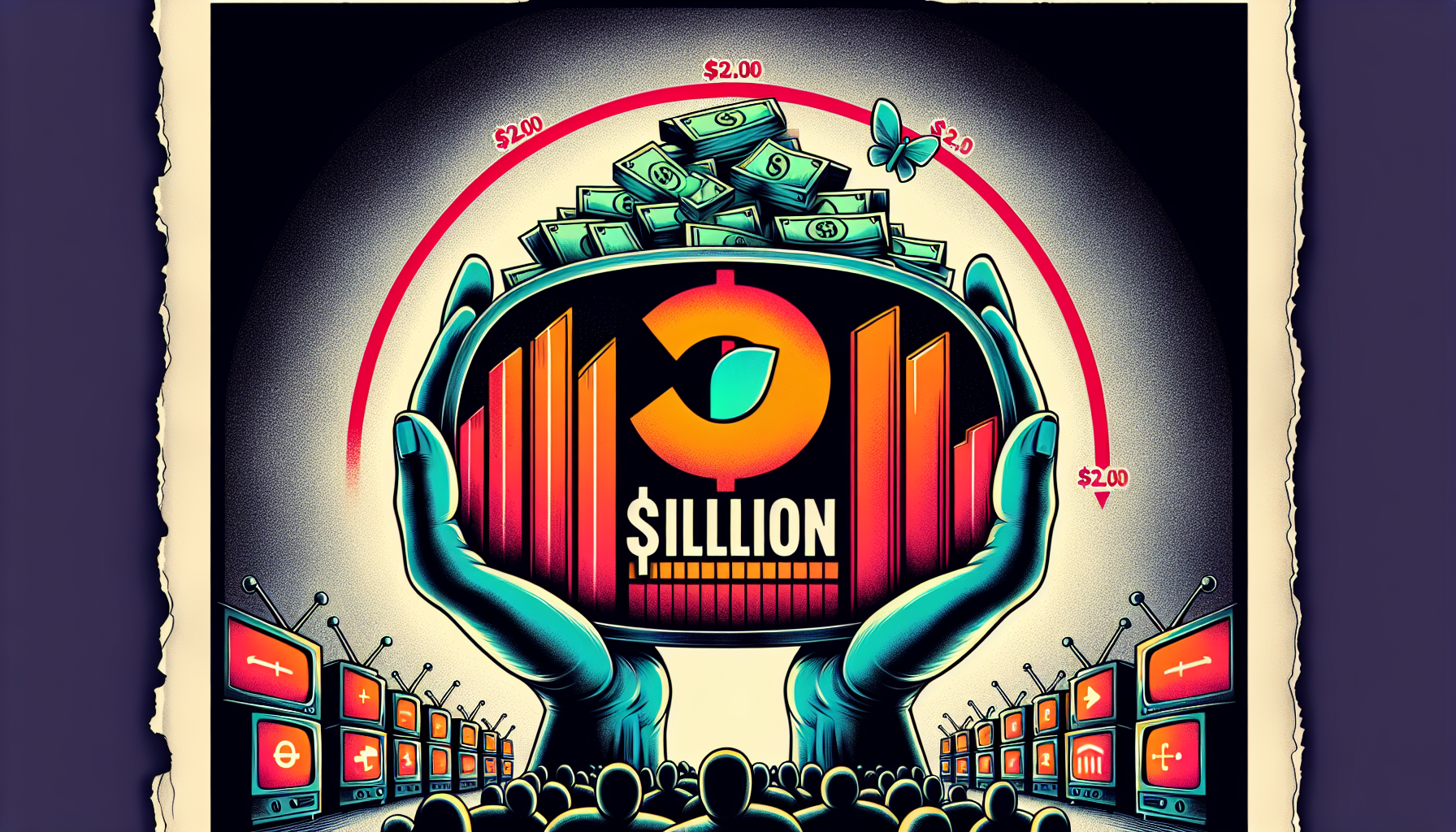
Apple TV+ Allocates $20 Billion for Original Content Despite Viewer Acquisition Difficulties
Apple TV+ has made a significant impact in the entertainment space with its bold investments and top-tier programming. Nonetheless, even with an estimated $20 billion spent on original content since its inception, the service is finding it challenging to gain a substantial foothold in the streaming landscape. With a mere 0.3% of the total streaming viewership, Apple TV+ contends with intense rivalry from well-established players such as Netflix, Disney+, and Amazon Prime Video. This article explores the hurdles Apple TV+ is encountering, its strategies for boosting viewership, and the trajectory of its streaming service.
The Present Condition of Apple TV+
A Platform Focused on Prestige
Launched in November 2019, Apple TV+ concentrated on delivering premium, original programming. Its initial offerings included highly praised series such as The Morning Show and For All Mankind. Throughout the years, the platform has earned numerous accolades, including an Oscar for CODA, marking it as the first streaming film to win Best Picture.
Despite receiving such honors, Apple TV+ has faced difficulties in amassing a substantial subscriber following. In contrast to its competitors, Apple TV+ boasts a more limited content library, which could dissuade potential subscribers who are used to the extensive selections available on platforms like Netflix.
Bundling as an Approach to Retain Subscribers
Collaborations with Comcast and Amazon Prime Video
In an effort to mitigate subscriber loss, Apple TV+ has turned to bundling. For example, Apple TV+ is now included in a Comcast streaming package, thereby enhancing its availability to a wider audience. Moreover, subscriptions to Apple TV+ can now be made and accessed through Amazon Prime Video.
This development signifies a notable change in Apple’s approach. Traditionally, Apple has sought to position its TV app as the primary center for streaming content, akin to Amazon’s strategy. However, the absence of support from major entities like Netflix has obstructed this ambition, compelling Apple to seek alternative distribution channels.
The Overall Challenges Facing the Streaming Sector
Escalating Costs and Viewer Demands
The streaming sector is contending with inflated production costs, intensifying competition, and evolving viewer expectations. Apple TV+ is not exempt from these issues. While its ad-free offering and relatively modest subscription cost are attractive, they might fall short in sustaining its aspirational content strategy over time.
The Possibility of Advertisements
One contentious avenue Apple may pursue is the introduction of advertisements. Although currently devoid of ads, there have been reports suggesting that the company is investigating ad-tracking technologies and engaging with advertising executives. This decision could alienate current subscribers who appreciate the platform’s ad-free nature but may draw in new viewers through reduced subscription rates or free ad-supported options.
The Outlook for Apple TV+
Less Emphasis on Theatrical Releases
Apple is said to be reducing its theatrical releases, shifting its focus towards streaming-first content. This reflects a broader trend in the industry, as more viewers prefer watching new releases from the comfort of their homes.
The Urgency for Increased Subscribers
Despite its critical achievements, Apple TV+ requires a larger subscriber base to substantiate its enormous investment in original content. Merely garnering awards and prestige will not suffice to sustain a thriving streaming venture. Apple must discover innovative strategies to attract and keep viewers, whether through strategic alliances, broadened content libraries, or novel pricing structures.
Conclusion
Apple TV+ has demonstrated its capability to generate award-winning, high-quality content, yet its market share is only a small fraction of what its rivals possess. By adopting bundling strategies, considering advertisements, and honing its content approach, Apple has the potential to expand its subscriber base and cement its status as a significant player in the streaming arena. Nonetheless, the path forward is laden with obstacles, and only time will determine if Apple TV+ can reach the level of success it aspires to achieve.
Frequently Asked Questions
1. Why is Apple TV+ having trouble attracting viewers?
Apple TV+ features a more limited content library compared to competitors like Netflix and Disney+. While its focus on high-quality, original programming has garnered critical praise, it lacks the extensive range of content that many viewers seek in a streaming service.
2. How does bundling benefit Apple TV+ in retaining subscribers?
By bundling Apple TV+ with services such as Comcast and Amazon Prime Video, it becomes more attainable to a broader audience. This tactic aids in reducing subscriber losses by integrating Apple TV+ into platforms that users are already familiar with.
3. Is Apple TV+ likely to implement advertisements?
Currently, Apple TV+ is ad-free, but there are indications that Apple is looking into ad-tracking technologies and consulting with advertising executives. The introduction of ads could assist Apple in lowering subscription fees or providing a free ad-supported option, but it might also disenfranchise existing subscribers.
4. What distinguishes Apple TV+ from other streaming services?
Apple TV+ is notable for its commitment to high-quality, original programming and its relatively modest subscription fee. It has also received numerous accolades, including an Oscar for CODA.
5. Why is Apple reducing its theatrical release strategy?
Apple is reportedly concentrating more on streaming-first content, in line with industry trends that favor home viewing rather than traditional theatrical experiences.
6. How much has Apple invested in original content?
Apple has reportedly allocated $20 billion for original content since the launch of Apple TV+ in 2019.
7. What does the future hold for Apple TV+?
The future of Apple TV+ will likely involve a combination of approaches, including bundling, possible advertising, and enhancing its content offerings. Apple needs to draw more subscribers to justify its substantial investment in original programming.